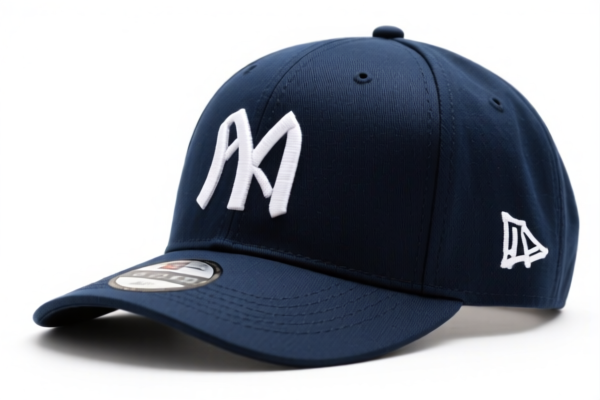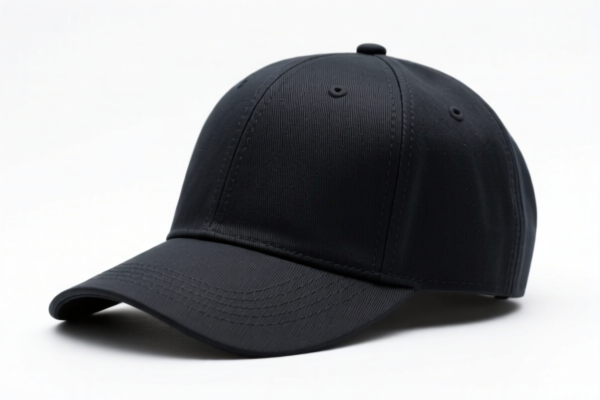| HS Code | Official Doc | Tariff Rate | Origin | Destination | Effective Date |
|---|---|---|---|---|---|
| 6815994170 | Doc | 55.0% | CN | US | 2025-05-12 |
| 6815992000 | Doc | 55.0% | CN | US | 2025-05-12 |
| 6801000000 | Doc | 57.8% | CN | US | 2025-05-12 |
| 5609004000 | Doc | 58.9% | CN | US | 2025-05-12 |
| 5609001000 | Doc | 57.9% | CN | US | 2025-05-12 |
| 5404900000 | Doc | 55.0% | CN | US | 2025-05-12 |
| 5404198080 | Doc | 61.9% | CN | US | 2025-05-12 |
| 5606000090 | Doc | 63.0% | CN | US | 2025-05-12 |
| 3923500000 | Doc | 60.3% | CN | US | 2025-05-12 |
| 3923900080 | Doc | 58.0% | CN | US | 2025-05-12 |
| 3926903300 | Doc | 36.5% | CN | US | 2025-05-12 |
| 3926909989 | Doc | 42.8% | CN | US | 2025-05-12 |
| 6505009089 | Doc | 20.7¢/kg + 7.5%+30.0% | CN | US | 2025-05-12 |
| 6506910060 | Doc | 55.0% | CN | US | 2025-05-12 |
| 6506996000 | Doc | 63.5% | CN | US | 2025-05-12 |




Matte Cap
A matte cap is a photographic filter or digital post-processing technique used to reduce or eliminate reflections and glare from non-metallic surfaces, creating a flatter, more subdued appearance. It simulates the effect of applying a matte spray or coating to an object.
Material:
While the effect is achieved digitally or with physical filters, the underlying principle involves altering the way light interacts with surfaces. Physical matte filters are typically made of glass or acrylic with a textured surface. Digital matte caps are implemented through software algorithms.
Purpose:
The primary purpose of a matte cap is to control specular highlights and reflections. This is particularly useful in situations where:
- Reducing Distractions: Reflections can be distracting or unwanted, obscuring details or creating misleading visual information.
- Simulating Material Properties: To give the appearance of a different surface finish, such as turning a glossy surface into a matte one.
- Achieving a Specific Aesthetic: A matte finish can create a more subdued, vintage, or artistic look.
- Compositing: Used extensively in visual effects to seamlessly integrate elements with varying reflective properties.
Function:
A matte cap works by reducing the intensity of light reflected from surfaces. This can be achieved through:
- Diffusion: Physical filters diffuse light, scattering it in multiple directions and reducing the strength of specular reflections.
- Algorithmic Reduction: Digital techniques analyze the image and selectively reduce the brightness of highlights based on their intensity, size, and surrounding colors. This often involves manipulating the specular component of the surface's BRDF (Bidirectional Reflectance Distribution Function).
- Shadow Creation: Subtle shadows are added to areas where reflections would typically occur, further reducing their prominence.
Usage Scenarios:
- Automotive Photography: Reducing glare from car paint and windows.
- Product Photography: Creating a more consistent and appealing look for products with shiny surfaces.
- Visual Effects (VFX): Integrating CGI elements into live-action footage, matching the reflectivity of different objects.
- Portrait Photography: Softening highlights on skin and reducing unwanted reflections from glasses.
- Still Life Photography: Controlling reflections in objects like metal, glass, and plastic.
- Digital Art & Retouching: Achieving a desired aesthetic or correcting reflections in post-processing.
Common Types/Implementations:
- Physical Matte Filters: Screw-on or slip-on filters that attach to the camera lens.
- Software Plugins: Plugins for image editing software (e.g., Photoshop, GIMP) that provide dedicated matte cap tools.
- Built-in Software Features: Many image editing programs include tools for adjusting highlights and shadows, which can be used to create a matte cap effect manually.
- Rendering Engines: 3D rendering software often includes options for controlling the specular properties of materials, allowing for the creation of matte surfaces directly in the render.
- Neural Filters/AI Tools: Emerging AI-powered tools can automatically detect and reduce reflections in images and videos.
Based on the provided information, "matte cap" can be interpreted as a type of headgear. Here are the relevant HS codes found within the reference material:
- 6505009089: Hats and other headgear, knitted or crocheted, or made up from lace, felt or other textile fabric, in the piece (but not in strips), whether or not lined or trimmed; hair-nets of any material, whether or not lined or trimmed: Other: Other: Other Other: Other: Other (859). This code covers headgear made from textile fabrics. If the matte cap is constructed from knitted, crocheted, lace, or felt, this HS code may be applicable.
- 6506910060: Other headgear, whether or not lined or trimmed: Other: Of rubber or plastics Other. If the matte cap is made of rubber or plastics, this HS code is relevant.
- 6506996000: Other headgear, whether or not lined or trimmed: Other: Of other materials: Other. This code applies to headgear made from materials other than rubber or plastics. If the matte cap is constructed from materials like leather, paper, or other non-textile, non-rubber, non-plastic substances, this HS code may be suitable.
Tax Rate Details:
- 6505009089: The base tariff is 20.7¢/kg + 7.5%, with an additional tariff of 30.0% after 2025.4.2. The total tariff is 20.7¢/kg + 7.5% + 30.0%.
- 6506910060: The base tariff is 0.0%, with an additional tariff of 25.0%, and 30.0% after 2025.4.2. The total tariff is 55.0%.
- 6506996000: The base tariff is 8.5%, with an additional tariff of 25.0%, and 30.0% after 2025.4.2. The total tariff is 63.5%.
Important Considerations:
The applicable HS code depends on the material composition of the matte cap. It is crucial to verify the material used in the cap's construction to ensure accurate classification.
Customer Reviews
I’m exporting plastic doors and this page gave me all the HS Code and tariff info I needed. Highly recommend it to anyone in the same boat.
The information on the 5% tariff was spot-on, and the HS Code section was well-organized. I would have liked a link to more detailed trade regulations, though.
This page gave me all the details I needed about the HS Code and tariffs for plastic builder’s doors. Perfect for someone just starting with international trade.
The HS Code section was really helpful, but I found the tariff rate explanation a bit too technical for my needs. Still, it was a good start.
I was impressed with how the page explained the trade regulations for exporting plastic doors. It saved me hours of research.